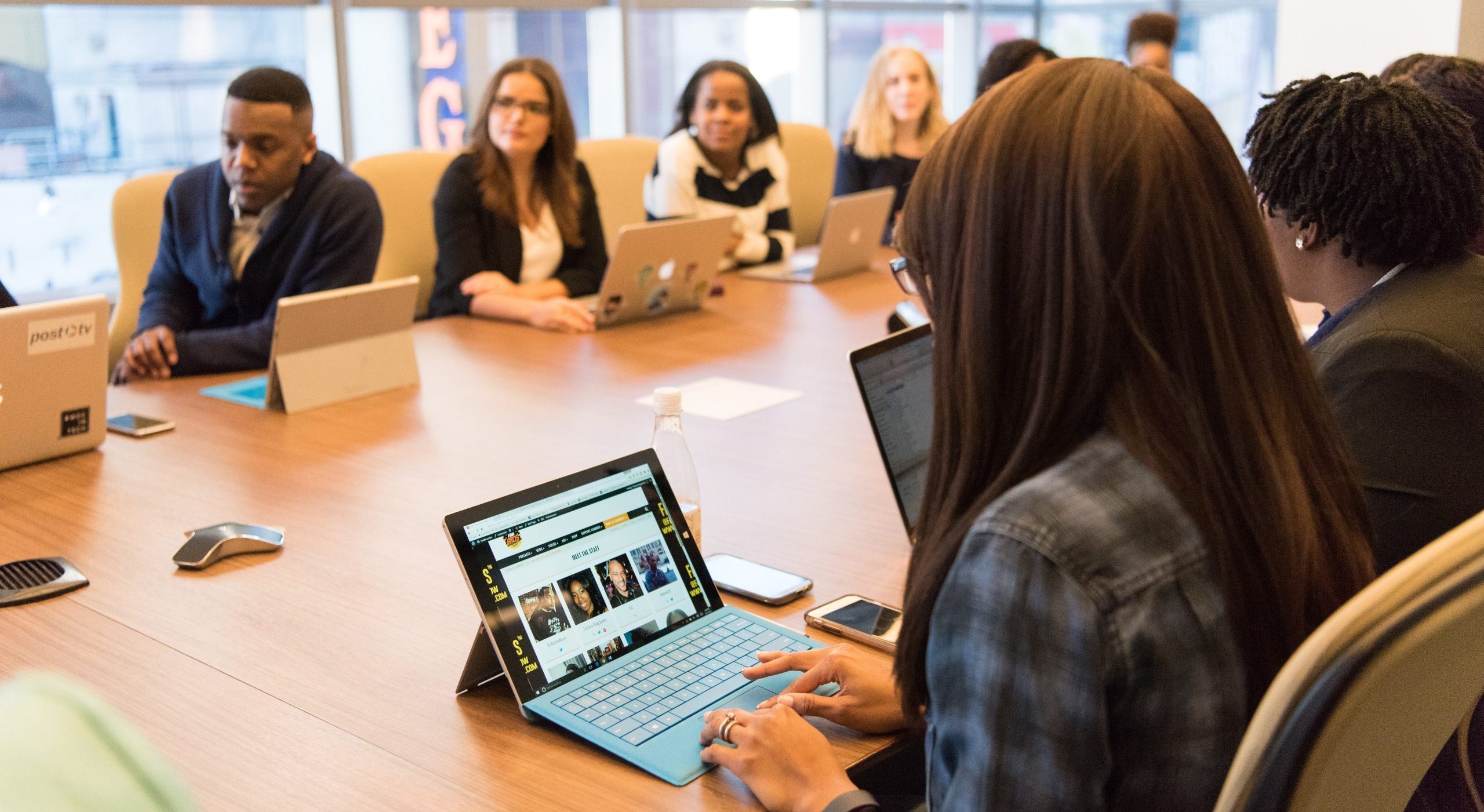Meaningful conversations about hybrid work run deeper than desk locations. For Airis McCottry Gill, Executive Director, Employee Experience and Organizational Management, Veterans Affairs Department and her team, it’s much bigger. They’re committed to designing and implementing practices that ensure employees are successful, supported and empowered to do their jobs well — regardless of location.
Elevating this work is multipronged. It requires understanding, continuously listening and responding to how employees experience work, staff engagement, and knowing how diversity, equity, inclusion and accessibility impact both experience and engagement.
McCottry Gill, who has a hybrid work schedule, shared practical ways to keep these aspects at the forefront as the government workplace evolves.
Understand Where to Invest
“I think the greatest challenge is understanding where to invest,” she said. “There are so
many different areas that make up employee experience and that impact employees’ level
of engagement, from relationships with people, the work, technology and beyond to moments that matter throughout their journey at the department.”
To narrow that focus and get clarity around where to invest, VA relies on employee voices to help drive decision-making. “We’re investing in measurement and analysis capabilities that will enable us to capture near-real-time feedback so that we can address pain points that employees are facing more quickly to improve their experiences,” McCottry Gill said.
VA also has an integrated Employee Engagement Council with representation from across the department, including labor union partners.
The council provides additional perspective on prioritizing employee experience efforts.
Prioritize Employees Feeling Seen and Heard
“For me, the rewards are grounded in the impact of the work on our incredible VA family,” McCottry Gill said, highlighting ongoing efforts that center on direct feedback from employees. One project examines employee experience at VA through
an intersectional lens of identities. “And time after time, our participating employees end these sessions talking about the power of having the space to be seen and heard and part of the solutioning process.”
Use an Iterative Approach
The Veterans Experience Office uses an iterative approach to communicate within
and across the office. Tackling issues using an iterative approach requires teams to embrace incremental and consistent improvements and provides greater flexibility to test new concepts and adapt. Progress, not perfection, is the goal.
“We solicit feedback after each all-team meeting and make tweaks for the next one based on that feedback to make them as beneficial and useful as possible,” McCottry Gill said. “Some of those tweaks were received well and others not as much, but while we haven’t yet hit the perfect note, we are better than we were six months ago, and our team knows that we are listening to them and actively working to meet their needs.”
Identify the Bright Spots and Pain Points
In 2020, McCottry Gill and her team collected more than 11,000 insights using a human- centered design (qualitative research methodology) approach. The team interviewed a cross-section of VA employees, including doctors, nurses, food service workers, contracting officers, attorneys and program analysts across 33 geographic areas.
The employees represented a wide range of demographics and perspectives, from rural and urban areas, large and small VA facilities, and outpatient services with a range of trust scores from veterans.
Through the research, the team identified five “phases,” 23 employment stages and 30 key “Moments that Matter,” including bright spots and pain points for VA employees along their employment journey. That journey begins with interest in joining VA all the way through separation. “We’re now using this journey map as a framework to help identify priority areas on which to focus and conduct deep dive analyses to ultimately design solutions to improve the employee experience,” she said.
When employees feel engaged and connected, walls come down, interactions increase and teams thrive.
“Despite not working in the same physical space, we strengthened our communications, relationships and culture over the last two years by intentionally taking time and making space to pause and connect on a personal as well as professional level, a practice that I continue to encourage,” McCottry Gill said.
This article is an excerpt from GovLoop’s guide “Solving Your Hybrid Workforce Problems.”





Leave a Reply
You must be logged in to post a comment.